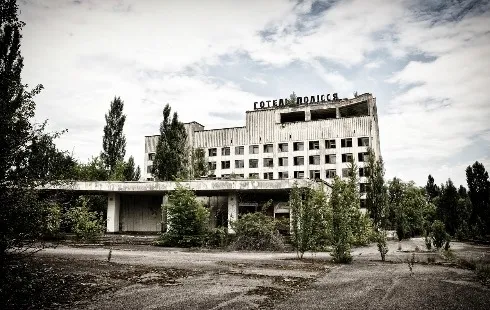
8HoursMining cloud mining platform, daily profits up to $9,337
Section: Business
Germany has achieved a historic milestone in its energy sector, recording its highest-ever imports of liquefied natural gas (LNG) through its recently established terminals. According to data from the Federal Network Agency, LNG imports in the country have surged significantly, highlighting the growing role of LNG in the national energy mix and broader European gas supply dynamics.
The expansion of LNG infrastructure in Germany began in earnest three years ago with the commissioning of the first terminal in Wilhelmshaven. Initial skepticism surrounded the economic viability and utility of LNG imports, particularly given their higher costs compared to traditional pipeline gas. However, recent figures demonstrate a substantial increase in LNG volumes entering the German gas network, confirming the strategic value of these terminals for energy security and supply diversification.
By the end of October, German LNG terminals had delivered over 81,000 gigawatt-hours (GWh) of gas, surpassing last year's total of approximately 69,000 GWh. This represents a year-on-year increase in daily average deliveries from 188 GWh to 269 GWh, marking a 43% rise. Currently, LNG accounts for about 9.8% of Germany's total gas imports. While this share might appear modest, it is a notable achievement given the short time frame since the infrastructure became operational.
Germany's primary sources of gas remain Norway, the Netherlands, and Belgium, which collectively supply around 90% of the nation's needs. The increased capacity and utilization of LNG terminals have enabled Germany to adjust to reduced direct imports from Russia. Notably, the country's overall gas demand has declined sharply since 2023. Imports dropped from 1.44 million GWh in 2022 to about 864,000 GWh in 2024, although the current year is projected to see a slight increase in total volumes, still remaining below pre-crisis levels.
Industry analysts suggest that the European region now possesses adequate LNG infrastructure to meet foreseeable demand. A report from the US-based Institute for Energy Economics and Financial Analysis (IEEFA) indicates that future expansion of LNG import facilities is likely to slow, as earlier projections may have overestimated future gas requirements. Between 2025 and 2030, the institute anticipates a 15% decline in European gas demand, reflecting ongoing efforts towards energy efficiency and the shift to renewable sources.
Since 2022, Europe has built or expanded 19 LNG terminals, resulting in a 24% increase in imports continent-wide in the first half of this year compared to the previous year. The United States has emerged as the dominant supplier, accounting for 57% of Europe's LNG imports, which is a 46% increase year-over-year. Despite efforts to reduce reliance on Russian gas, a significant volume of LNG originating from Russia continues to enter Europe, especially through France, Belgium, and Spain. These nations have remained key entry points for Russian LNG, with EU data showing that between 2022 and mid-2025, member states collectively spent around 120 billion euros on Russian gas imports.
In response to ongoing geopolitical tensions and the aim for greater energy independence, the European Union has announced a ban on Russian gas imports via LNG, set to take effect in January 2027. This development is expected to further reshape the European gas market and accelerate investment in alternative energy sources and infrastructure.
The rapid growth in LNG imports, coupled with the evolving landscape of energy consumption and supply, underscores Germany's adaptability in securing its energy future. As the country continues to refine its gas supply strategies and diversify its energy portfolio, LNG is poised to remain a key component in bridging the transition to a more resilient and sustainable energy system.

Section: Business

Section: Arts

Section: Politics

Section: Health Insurance

Section: News

Section: News

Section: News

Section: Arts

Section: News

Section: Arts
Health Insurance in Germany is compulsory and sometimes complicated, not to mention expensive. As an expat, you are required to navigate this landscape within weeks of arriving, so check our FAQ on PKV. For our guide on resources and access to agents who can give you a competitive quote, try our PKV Cost comparison tool.
Germany is famous for its medical expertise and extensive number of hospitals and clinics. See this comprehensive directory of hospitals and clinics across the country, complete with links to their websites, addresses, contact info, and specializations/services.
Curated by Fried Dähn and Thomas Maos, this event is part of the Sonic Visions series, featuring an engaging performance that intertwines sound, music, and visuals. This edition presents THE WATS, a narrative where three travelers in the desolate, apocalyptic landscapes of New Zealand encounter a...



No comments yet. Be the first to comment!